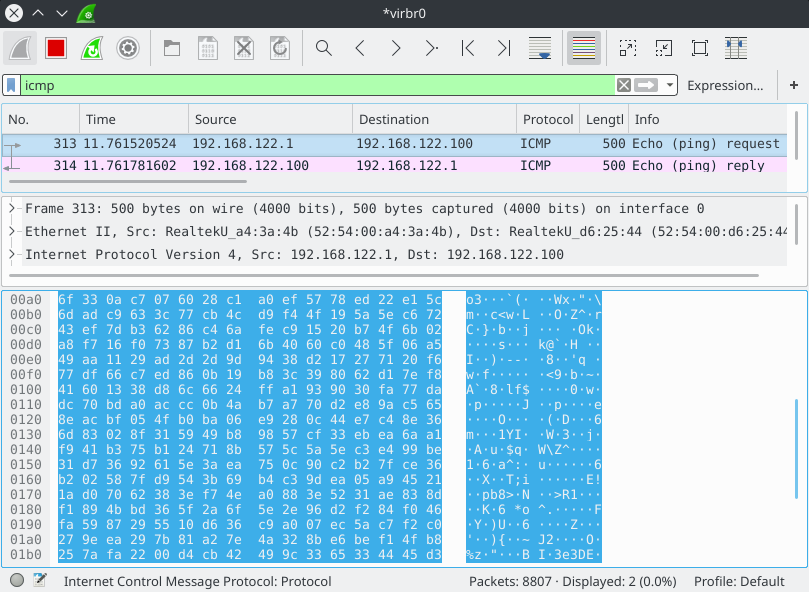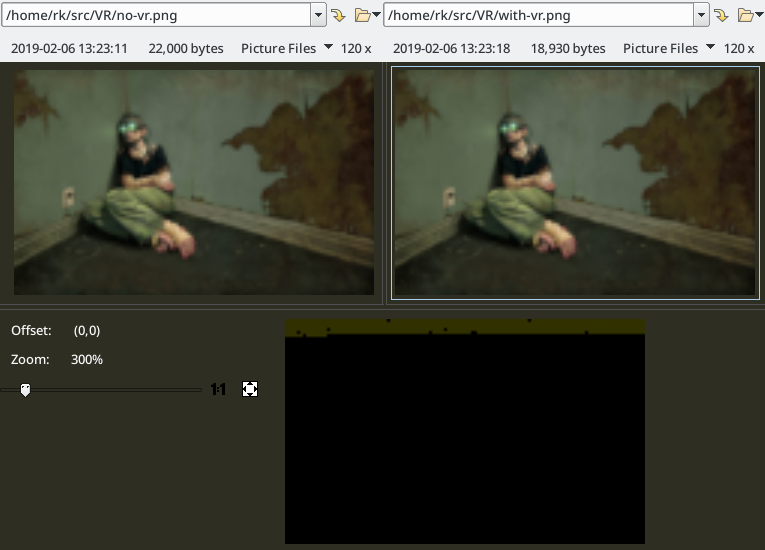Virtual Reality
This is a backdoor project for windows operating systems.
Intended audience
This is a proof-of-concept stealthy backdoor aimed to aid red teams in maintaining control of their targets during security evaluation process. Project also intends to expose ways to abuse standard features.
Features
Extremely stealthy backdoor for Windows platform.
- ICMP-PING backdoor. Passively listens for incoming pings and executes shellcode delivered in ping payload.
- HTTP backdoor using steganographically encoded images hosted on imgur.com
- Runs on anything from XP to W10
Details
- Small size by using tinystl and avoiding standard c++ stl
- Cooperative multitasking achieved by using Windows fibers
- All dependencies are permissively licensed
- Permissively licensed, including all dependencies
Build instructions
CLion IDE
Compile using MingW compiler toolchain from msys2 distribution from CLion IDE. It just works.
Compiled artifacts will be found in cmake-build-*/bin folder.
From shell
This is rather involved and messy, but if you absolutely insist on not using CLion:
- Install msys2
- Install CMake (one from msys2 repositories wont work)
- Open cmd.exe and run
cmake -G 'MinGW Makefiles' path/to/source/code - Open msys2 shell and run
mingw32-make
Why MinGW?
As you probably have noticed using MinGW on Windows is something of a drama. Reason
for using this compiler is because produced binaries link directly to msvcrt.dll
and run on a very wide range of Windows' versions. Downside is a rahter bumpy
build process, excessive other dependencies and binary size. These issues were
addressed by tweaking compiler parameters and using tinystl instead of standard
stl bundled with the compiler. MSVC may produce bit smaller binaries, but making
them run on a very wide array of Windows' versions while linking to msvcrt.dll
is an uphill battle.
Instructions
Modify config.h to suit your needs.
Use vr.py to interact with the backdoor.
Shellcode payload
vr.py shellcode path/to/shellcode.bin reads shellcode into script's memory.
On it's own this is useless therefore combine it with other commands. You may
use - instead of path in order to read shellcode from stdin.
Ping transport
msfvenom <...> | vr.py shellcode - -- ping 192.168.0.1 reads a shellcode from
stdin and sends it via icmp-ping to 192.168.0.1. Backdoor running on that
machine will execute this shellcode.
Shellcode will be delivered to the target by sending it as ICMP-PING packet payload.
Content of packet appears to be random. The only give-away that something is up is a rather big packet size, although it is possible to customized packet size using ping utility or specify custom payload (linux).
imgur.com transport
msfvenom <...> | vr.py shellcode - -- png path/to/image.png reads a shellcode
from stdin and encodes into specified image.png. This image must exist and
it must be in RGB format (no alpha). Resulting image should be uploaded to
https://imgur.com/ and tagged with one or more tags while one of tags must be
one that is specified in config.h.
Shellcode will be encoded into specified image by altering last two bits of each color component in the target image. 1 byte needs 4 color components to be encoded and thus requires 1.(3) pixels. Encoded images are indistinguishable from original to the naked eye. Backdoor queries imgur API for listing images tagged with a configured tag. Every new image is downloaded and inspected for encoded payload.
Left - original image. Right - image with encoded payload. Bottom - difference mask. 120x75 image was used. As you can see only a tiny portion of pretty small iamge is used to encode 449 bytes payload.
Security
Payload is always obfuscated using RC4 algorithm. As you probably have guessed replay attacks are a thing against this backdoor. Also backdoor may be controlled by a rival blue team if they have reverse-engineered sample and recovered RC4 key. Utmost security is not the point of this project. If blue team is on to the backdoor - nothing will save it anyway.
Recommendations
- If possible - filter out ICMP-PING packets with in firewall
- Take a proactive approach in monitoring your networks. Log everything and look for abnormalities. Chances are your servers have no business querying imgur.com or similar social media domains.
etc
Q: Why this name? This has nothing to do with virtual reality.
A: Nothing at all. And no reason really. Naming is hard.


